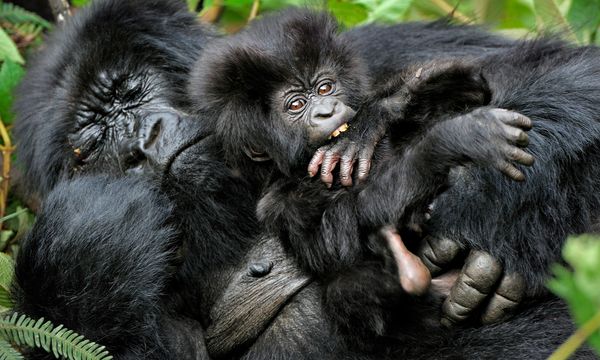Gorillas you see in zoos exhibit most, if not all, behaviors observed in their wild counterparts. They build nests, have the same social interactions, forage for and process food, use tools and vocalize in the same ways, even when they're being cared for by humans.
"Gorillas in zoological populations, such as those at Zoo Atlanta, have the added behaviors of interacting with their care team within voluntary positive enrichment training programs," says Meyerchick. "These programs allow gorillas to participate at their discretion in procedures that allow for increased overall animal well-being. For instance, gorillas can present body parts for physical checkups, receive voluntary injections such as flu and tetanus vaccines, and even present their chests for voluntary echocardiograms to monitor heart health. All of these enable the gorillas to participate in their own care."


